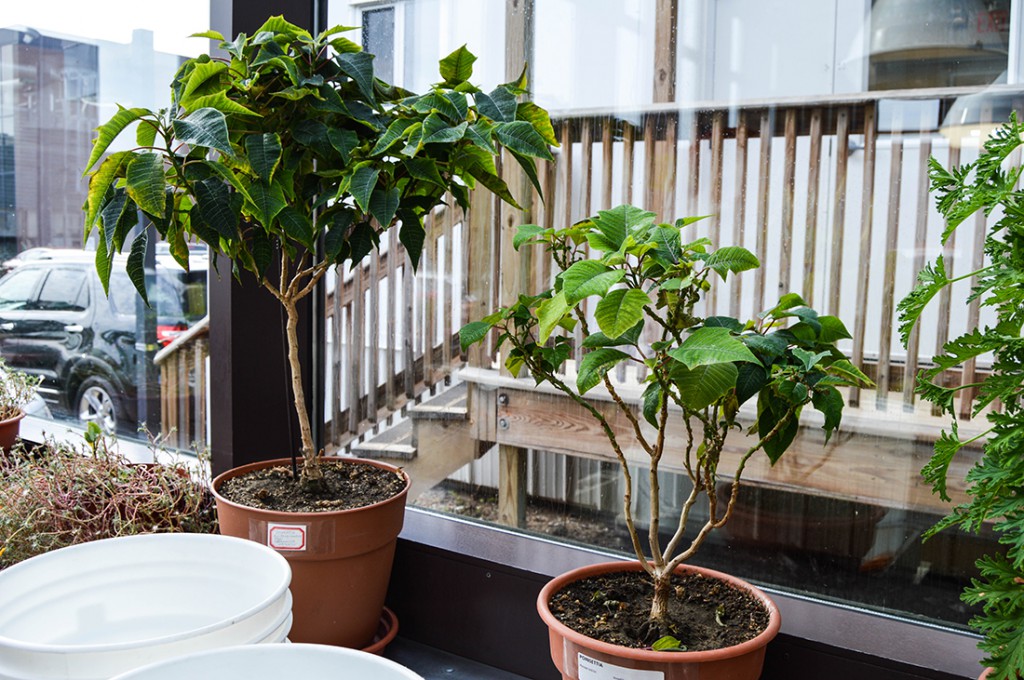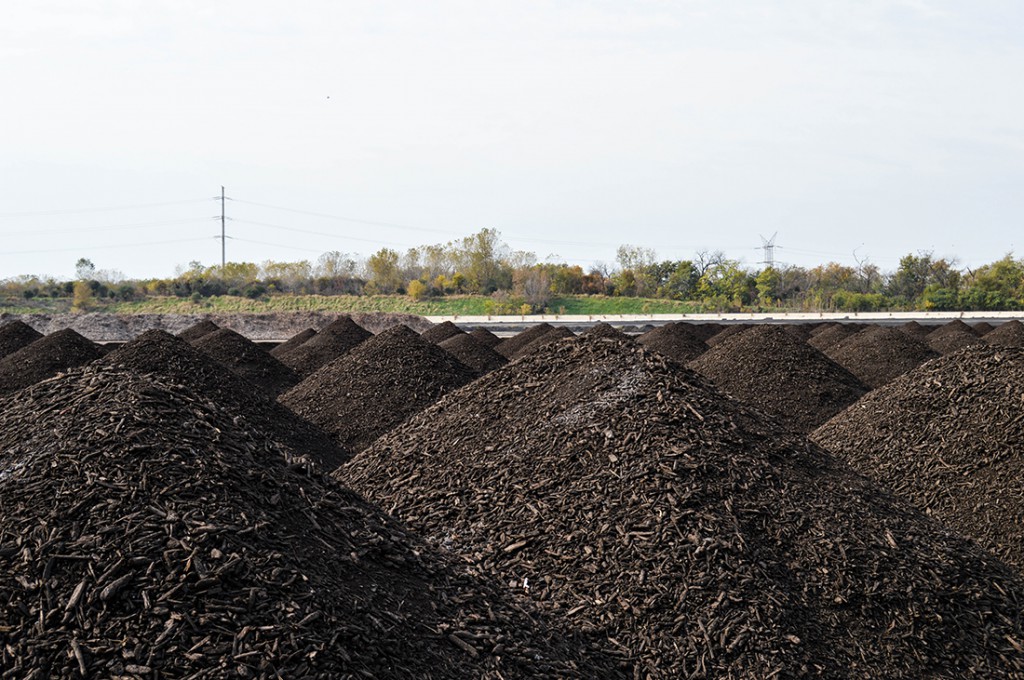By Alexis Myers
Video by Ryan Connelly Holmes
Gov. Bruce Rauner recently signed House Bill 1445 allowing biosolids from Chicago’s wastewater and sewage to be cleaned and turned into productive, marketable compost across Illinois.
The Metropolitan Water Reclamation District of Greater Chicago, commonly known as MWRD, is responsible for creating renewable resources from its operations, and plans to sell biosolids to the public next year.
MWRD has been making biosolids for over 30 years; what’s new is that the public can now buy it. The agency is currently giving the compost to Cook County residents for free at its Stickney Plant, but plans to partner with an outside company to handle marketing and distribution soon.
“We are very excited and now just need to start educating people about biosolids,” said Dr. Lakhwinder Hundal, supervising environmental soil scientist at MWRD. “Once they hear the benefits, and realize it doesn’t smell, costs less and is better for the plants and grass they become accepting to it.”
According to Hundal, biosolids improve sustainability and maintenance of ground soils and stimulate plant growth, which is especially important for public parks due to the amount of daily activity happening on the soil.

About 50 to 70 parks and schools in Cook County have used biosolids this past year, including Maggie Daley Park, Lincoln Park and Winnemac Park, and some are still on the waiting list.
Biosolids last three to five years longer than regular fertilizer and is cheaper than regular fertilizer, which in the long run saves taxpayers money.

In order to distribute biosolids to the public, every batch must meet stringent standards in the federal and state rules before being approved for use as a fertilizer, according to the EPA.
“We have to make sure this is safer than any other kind of fertilizer,” Hundal said. “We don’t take any chances and can’t risk any mistakes.”
Toni Glymph-Martin, senior environmental microbiologist at MWRD, said biosolids must meet EPA’s regulations, based on comprehensive risk assessments that protect human health and the environment.

The risk assessments are based on potential exposure scenarios, which include children ingesting biosolids, workers breathing dust at land application sites and gardeners using biosolids in their vegetable gardens.
Glymph-Martin and a team of microbiologists test microorganisms in the wastewater and solids at MWRD for bacteria, parasites and viruses.
“Our biosolids go through an extensive testing regimen to ensure each batch is of the highest quality,” Glymph-Martin said.
There are two classes of biosolids, both of which undergo the same rigorous treatment. Class A biosolids are used to fertilize golf courses, athletic fields, public parks and schools, and include wood chips that eliminate odor. Class A takes up to two years to produce.

Class B biosolids have a consistency similar to top soil and do not include wood chips; however, they have an odor. Class B takes two months to produce and is distributed to farmlands and other nonpublic-contact sites.
A fear among most people is the “poop” factor in biosolids, but rest assured by the time it’s made into compost there isn’t any poop in it, according to Hundal.

“From the time someone flushes their toilet it takes about two years for it to become compost,” Hundal said. “And, when poop hits the sewer, the conditions are so hot that the bacteria completely changes its form.”
Press play below to follow the process of how biosolids are made.
[field name=”InfographicBioWaste”]


